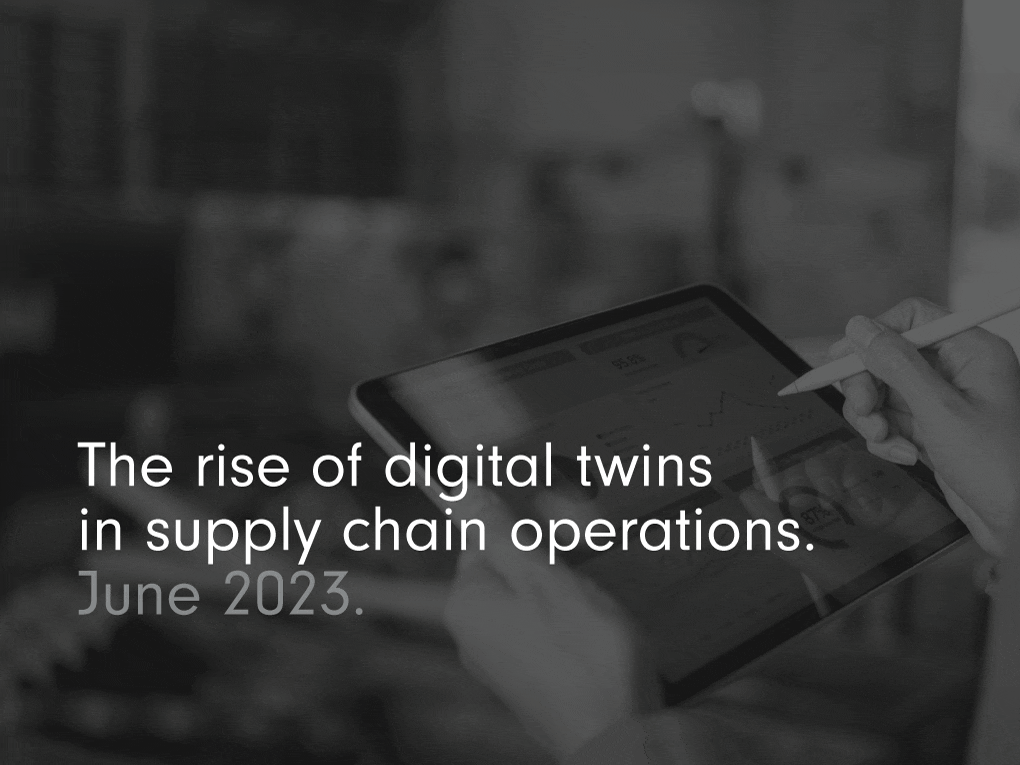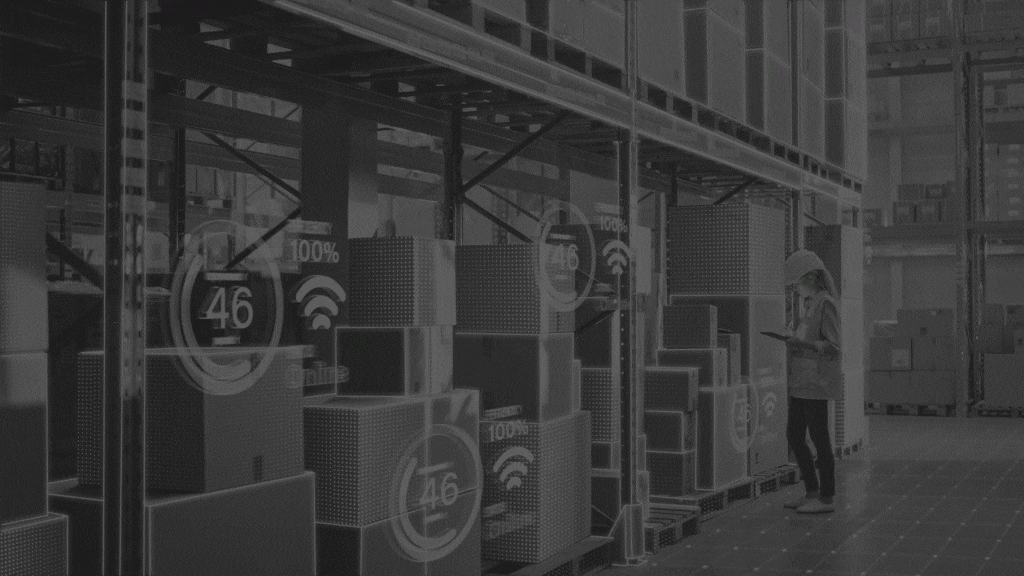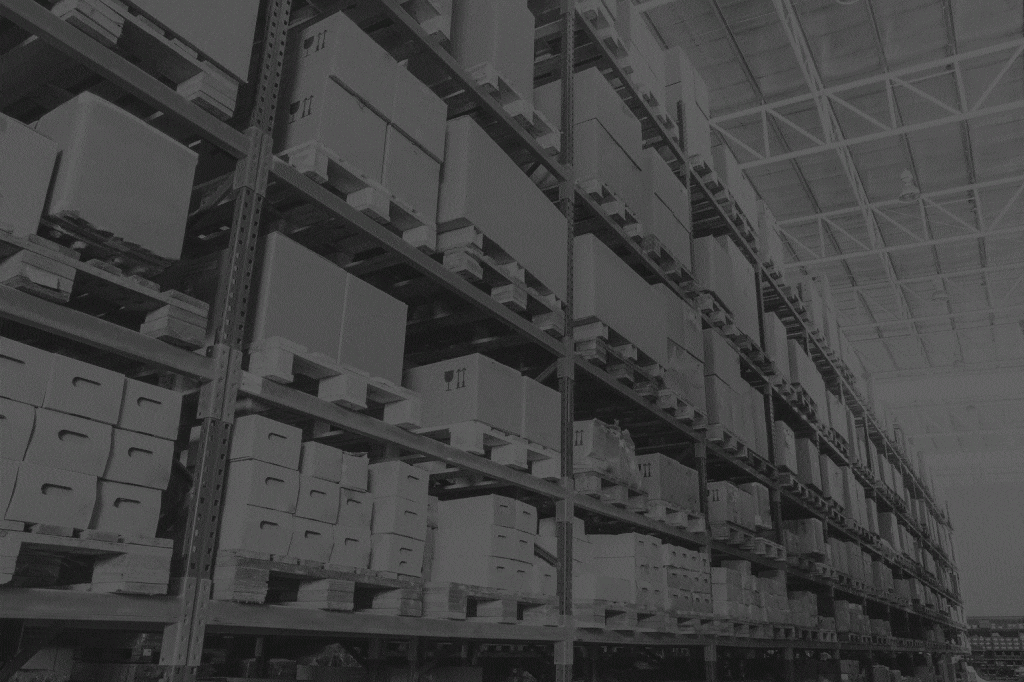The rise of digital twins in supply chain operations.

As order volumes expand and warehouse operations become ever more complex, distributors are adopting innovative supply chain technologies to enhance their performance.
One such transformative solution is the digital twin. This real-time virtual replica of the warehouse is a promising solution to help companies boost operational performance without committing changes in their real warehouse environment.
What is a digital twin?

A digital twin is a virtual replication of a physical warehouse. Aside from existing only in the digital universe, it is identical in every way to the real-world environment. It integrates real-time data and assets from the real warehouse and dynamically simulates its operations and processes.
Everything is replicated. So, all your assets are digitally represented – your building infrastructure, stock, machinery and equipment.
Data from all your software is incorporated, so that might be your warehouse management system (WMS), transport management system (TMS), robotics platforms, warehouse control systems (WCS) and even CRM solutions and ERP or financial software.
Additionally, any inputs that are made into your systems also feed in, like motion and temperature sensors, location devices and IoT devices and tags that plot locations of goods or transport or materials handling equipment.
How a digital twin can be used in your supply chain.

Having a digital counterpart of a real-world environment allows you to monitor, control and optimise your warehouse operations.
Changes made in your real environment are replicated in the digital world. So, when stock or materials handling equipment moves, this is reflected in the warehouse digital twin. Likewise, when a sensor updates a reading, this too changes in real time in the virtual environment.
Using the digital twin as a sandbox, you can run simulations and then measure their effects. Being able to proactively make data-driven changes like this doesn’t affect any operational aspects, nor your live software systems.
With the insights from your modelling, you can check the potential returns and then decide if you want to reflect that change in the live systems of your physical counterpart. Digital twin technology allows you to model and calculate the return on investment of various strategies. For example, you can change your picking method, amend the layout of your warehouse, implement autonomous mobile robots, introduce task interleaving, and so on.
A digital twin also provides the perfect environment to test combinations of strategies and to evaluate interactions and outcomes. You might want to simulate how weighting your slotting criteria differently might affect picking speed, or how cross-docking will impact the rest of your warehouse layout.
The benefits of using a digital twin.

Using digital twins in supply chain management has a number of benefits.
Improved efficiency: warehouse layout and inventory control.
A digital twin is an excellent tool for optimising design and flow in the warehouse across a number of areas.
You can design the layout of the warehouse itself and experiment with different configurations. This involves the placement and number of aisles and their spacing, the type and height of racking combinations, slotting strategies, the location of inbound and outbound areas, packing stations, a cross-docking terminal and office space.
Equally, you can model the flow of machinery, robots and operatives around the warehouse. This can help you to spot underutilised capacity or to identify alternative routes for workers and machinery so that you can reduce congestion and therefore increase productivity.
By running simulations in your virtual representation, you can work out how to maximise the use of space and minimise travel distances for workers. In turn, this increases your throughput and brings greater productivity and efficiency.
It’s especially beneficial for ecommerce operations or companies with a seasonal bias. Here, you can model the likely uplift in order volumes and adjust flows and storage to cope as necessary .
It also helps with stock management as you can track stock movements and levels and optimise your storage. This will help you keep the right amount of stock on hand.
Faster innovation.
With a digital twin, you simulate and test scenarios without them being live. You don’t need to commit to anything until you have it right. The digital representation allows you to analyse models and compare them to find the optimum solution for your products, your order profile and the sales volumes you manage.
In testing layouts, processes, movements and storage, you can speed up innovation within your supply chain. Rather than testing it in real life and then assessing the outcomes, a digital twin makes it faster and less disruptive, allowing you to accelerate change and contribute to your continuous improvement efforts.
Improve demand forecasting and planning.
The ability to simulate different scenarios and predict demand patterns also facilitates better demand forecasting and planning.
The wealth of data you can collect and analyse using a digital twin enables a deeper understanding of sales for more informed decision making. Using both real time data and historical insights, you can employ predictive analytics and models to identify correlations and recurring patterns to generate accurate forecasts. This enables proactive decision making that optimises your forecasting, allowing you to plan more accurately for more efficient stock management.
Better training.
A digital twin can serve as a training platform for your warehouse operatives. You can simulate various scenarios for them, such as order picking, replenishment, working with cobots and forklift operations.
This allows your staff to gain experience in a virtual environment, which reduces the learning curve and improves overall performance once they get on the warehouse floor for real.
Mitigate risk.
Using a digital twin can identify potential risks and bottlenecks within the warehouse so that you can address them.
By simulating different scenarios, you can identify vulnerabilities, optimise your safety protocols and improve emergency response procedures. This mitigates risks associated with accidents, loss of stock and general disruptions in the supply chain.
Build new warehouses.
Digital twins are not always used to improve existing warehouses. They can also be used to design a warehouse in advance. A variety of layouts and operational processes can be tested to determine which works best for the products and the space.
A company can also use an existing warehouse as the starting point for modelling and testing a new warehouse or depot that it wants to open. This approach provides an accurate view of the new warehouse’s operations. By testing the new warehouse virtually, companies can identify any potential issues before they become a reality, maximising potential efficiency gains.
Save money.
While there is an initial outlay associated with building a digital twin, when used to best effect, it can save you money in the long run.
By iteratively modelling processes, a digital twin can help you identify areas of inefficiency and waste. Through these insights, you can optimise your operation for maximum efficiency and cost savings. This makes digital twins a valuable tool for improving efficiency and cutting costs.
Transform warehouse performance with a digital twin.

The use of digital twins in warehouse scenarios has come of age – especially among leading supply chain operators. Thanks to advances in processing power, cloud computing, big data, artificial intelligence and machine learning, digital twin simulations can bring models to life and provide insight into the future.
Digital twins offer a valuable means of optimising warehouse processes and enhancing decision making, laying the foundations for innovation and business transformation that can bring enhanced profitability.